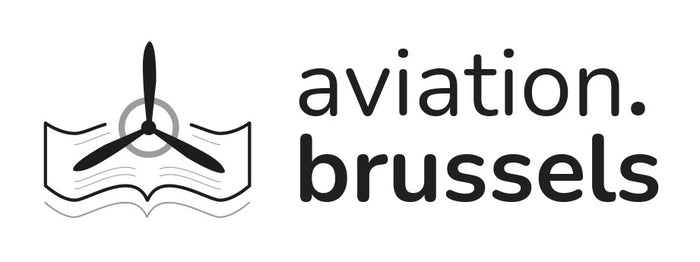FAMOUS AIRCRAFT : THE B-17 FLYING FORTRESS
Product image 1

Product image 2

Product image 3

Product image 4

Product image 5

Product image 6

Product image 7

Prix régulier 40,00 € TTC 6%
The B-17 Flying Fortress is a four-engine heavy bomber aircraft developed in the 1930s for the United States Army Air Corps. Competing against Douglas and Martin for a contract to build 200 bombers, the Boeing entry outperformed both competitors and exceeded the Air Corps' expectations
Characteristics
| Size | 21 x 28 x 0.2 cm |
| Nbr. of pages | 56 |
|
Book cover finish |
Stapled |
|
Published date |
1965 Fourteenth Printing |
| Language | English |
|
Conditions |
VG |
| Author | Steve Birdsall |
| Publisher | Arco Publishing Company, Inc |
Description
The long and eventful day of the B-17 is Coming to an end. From its dawning in the mid-thirties, through the high noon of World War II and into its twilight in the jet age, the old Flying Fortress has carved for itself an ever-deepening niche in the history of military aviation. The many roles played by the Flying Fortress over the past twenty-nine years may never be completely recorded. The job can certainly not be done in these few pages. Every man of the thousands who flew the B-17, every man of the handful who still do, holds something of her great story in his memories. Most of them did not fly the B-17 for pleasure, nor as their chosen vocation; the Fort was their transportation to places they had never dreamed of seeing, let alone destroying. The Flying Fortress was a heavy bomber, …
The Boeing B-17 Flying Fortress is a four-engine heavy bomber aircraft developed in the 1930s for the United States Army Air Corps (USAAC). Competing against Douglas and Martin for a contract to build 200 bombers, the Boeing entry outperformed both competitors and exceeded the Air Corps' expectations.
Although Boeing lost the contract because the prototype crashed, the Air Corps was so impressed with Boeing's design that they ordered 13 more B-17s for further evaluation. From its introduction in 1938, the B-17 Flying Fortress evolved through numerous design advances. The B-17 was primarily employed by the United States Army Air Forces (USAAF) in the daylight precision strategic bombing campaign of World War II against German industrial and military targets. The United States Eighth Air Force, based at many airfields in southern England, and the Fifteenth Air Force, based in Italy, complemented the RAF Bomber Command's nighttime area bombing in the Combined Bomber Offensive to help secure air superiority over the cities, factories and battlefields of Western Europe in preparation for the invasion of France in 1944. The B-17 also participated to a lesser extent in the War in the Pacific, early in World War II, where it conducted raids against Japanese shipping and airfields.
Editorial Reviews (amazon)
Editorial Reviews (amazon)







